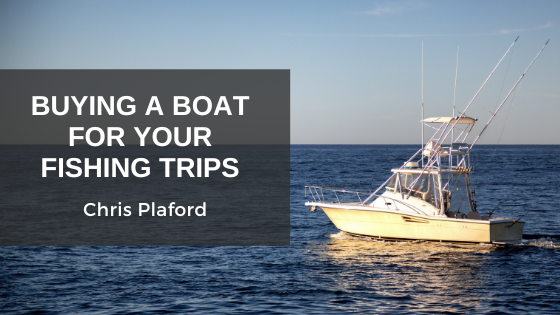While fishing along the shoreline or from a dock can be successful, getting out on the water allows anglers to target locations and species that just can’t be reached from shore. With proper care and use, boats are investments that provide enjoyment for years to come. A little research and guidance help anglers decide on the ideal vessel to fulfill their needs.
Do the Research
Start by learning about the different types of boats available. Decide where you plan to use the boat. Some boats are better for inshore fishing, while others are appropriate for larger bodies of water. Consider the number of passengers you might take along on fishing excursions. In addition to finding a boat having rod holders, bait boxes, or room for angling equipment, check local boating regulations to make sure you also acquire the necessary safety gear. After showing interest in multiple vessel options, weigh the advantages and disadvantages of each.
Popular Boat Types
Kayaks are popular vessels used by single anglers, who may choose to venture forth in groups. The vessels are lightweight, which makes them easy to transport and maneuver in the water. A trolling motor might also be attached. Kayaks are used on virtually all types of inshore waters. They may be additionally equipped with rod holders, tackle boxes, or other amenities.
Flat-bottomed boats or skiffs are ideal for traversing across shallow inland water masses. The flat bottom enables the vessel to virtual float on the upper water surface. They come in a variety of lengths and typically accommodate two people.
Bay boats have a low profile that enables them to venture into shallow waters. However, the increased height of the free-board makes them better able to handle the choppier water that often occurs in large bays. The boats are available in sizes that accommodate up to four people plus the operator.
Central consoled boats are constructed as their name implies. The operating helm is situated in the center of the vessel, which enables passengers to gain access to the front, sides, or rear of the boat. Thus, fishing lines have a reduced chance of becoming entangled while allowing anglers to follow the catch. Depending on the boat’s size, they are utilized inshore, on shallows, or on offshore locations.
